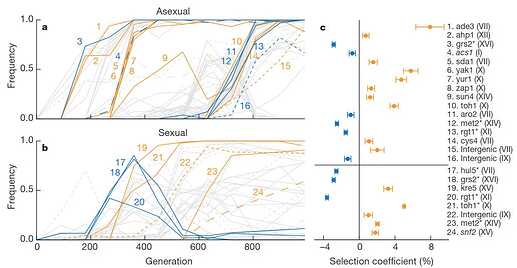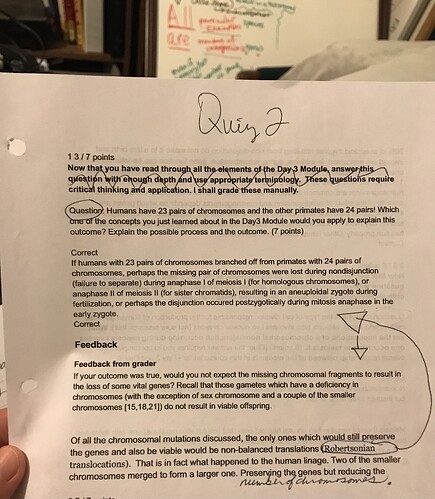The problem with Dawkins is that, as you say, he is out of his depth, and as the video in the OP shows, he has a significant blind spot. On the other hand, his criticism of fundamentalism is understandable, especially when fundamentalists try to relativise the descriptions of the deity in the Bible.
Evaluating mythical deities by human moral standards is problematic. Myths and religious texts often reflect the values, norms, and circumstances of the cultures that produced them. This is true of deities from any mythology, including the biblical God. Myths and religious stories arise within specific historical and cultural contexts. The values and norms of those times often differ significantly from contemporary ones. In ancient texts, actions or traits attributed to deities may have been seen as just, heroic, or necessary in their original contexts but can seem objectionable by today’s standards.
Symbolism and allegory are key elements in many mythological stories. They are not mere historical accounts but vehicles for conveying deeper truths and lessons. The behaviours of deities often serve as illustrations of moral lessons, cultural values, or natural phenomena. Human projection onto deities is a common theme in mythology. Deities often embody human traits, both positive and negative, reflecting the full spectrum of human experience. This concept helps us understand the deities’ qualities and behaviours in a more relatable context.
Human morality evolves over time. Actions and attributes of deities that were acceptable or even laudable in ancient times might be condemned today. Our ethical frameworks have developed, often moving toward greater inclusivity and empathy.
Myths serve various purposes, such as explaining the unknown, providing a sense of order, offering moral guidance, and reinforcing social structures. Deities within these myths often play essential roles in the narrative and the functions these myths serve. Therefore, when assessing mythical deities, it’s helpful to do several things:
- Understand the historical and cultural context of the myths.
- Recognise the symbolic nature of many mythological stories.
- Consider the ways in which human traits and societal norms are projected onto deities.
- Acknowledge the evolution of moral standards over time.
Applying modern moral standards to ancient myths can provide insight into how human values have changed, but it should be done with an awareness of the historical and cultural distances involved. This approach helps us appreciate the myths within their own contexts and understand the human experiences and cultural conditions that shaped them.


